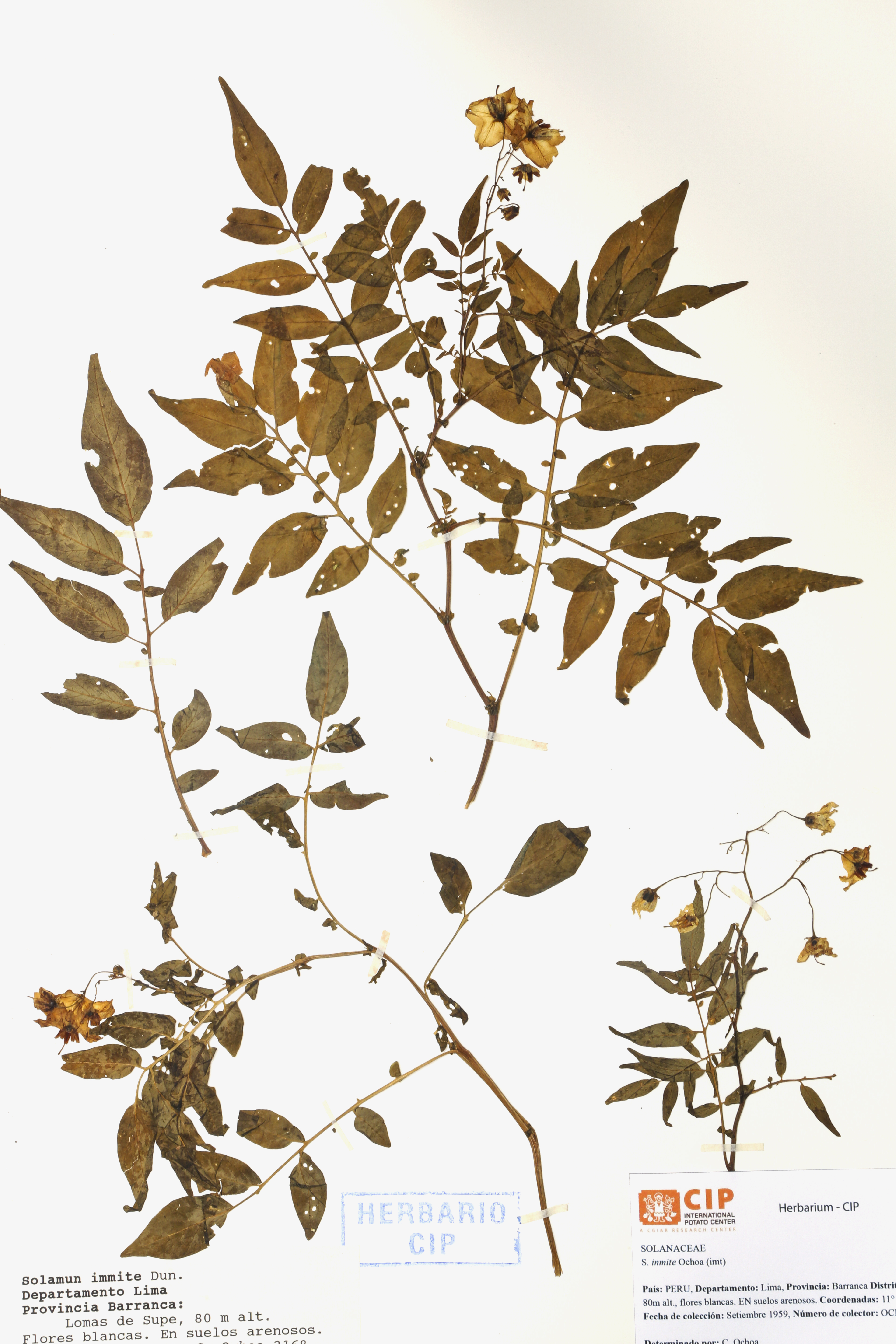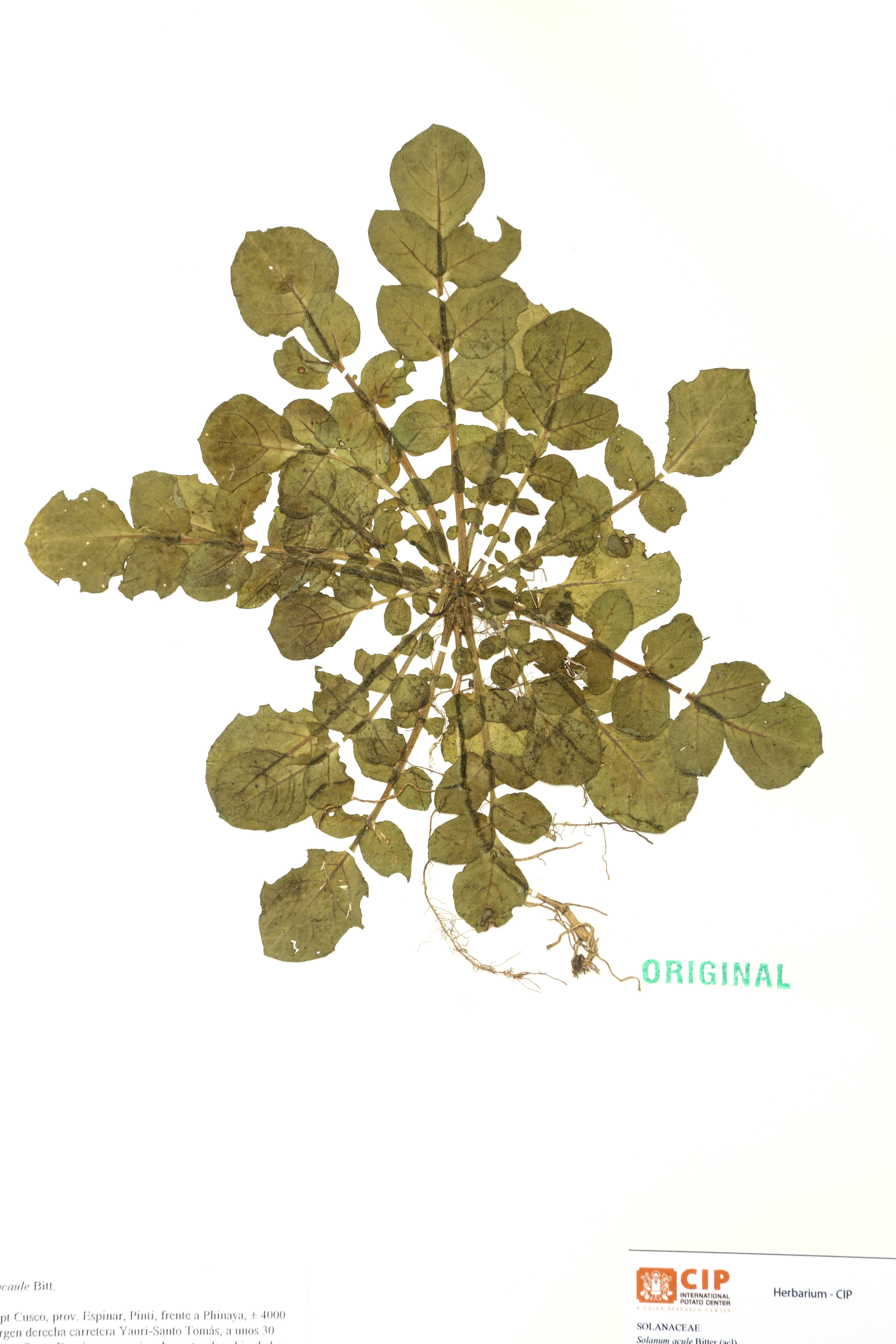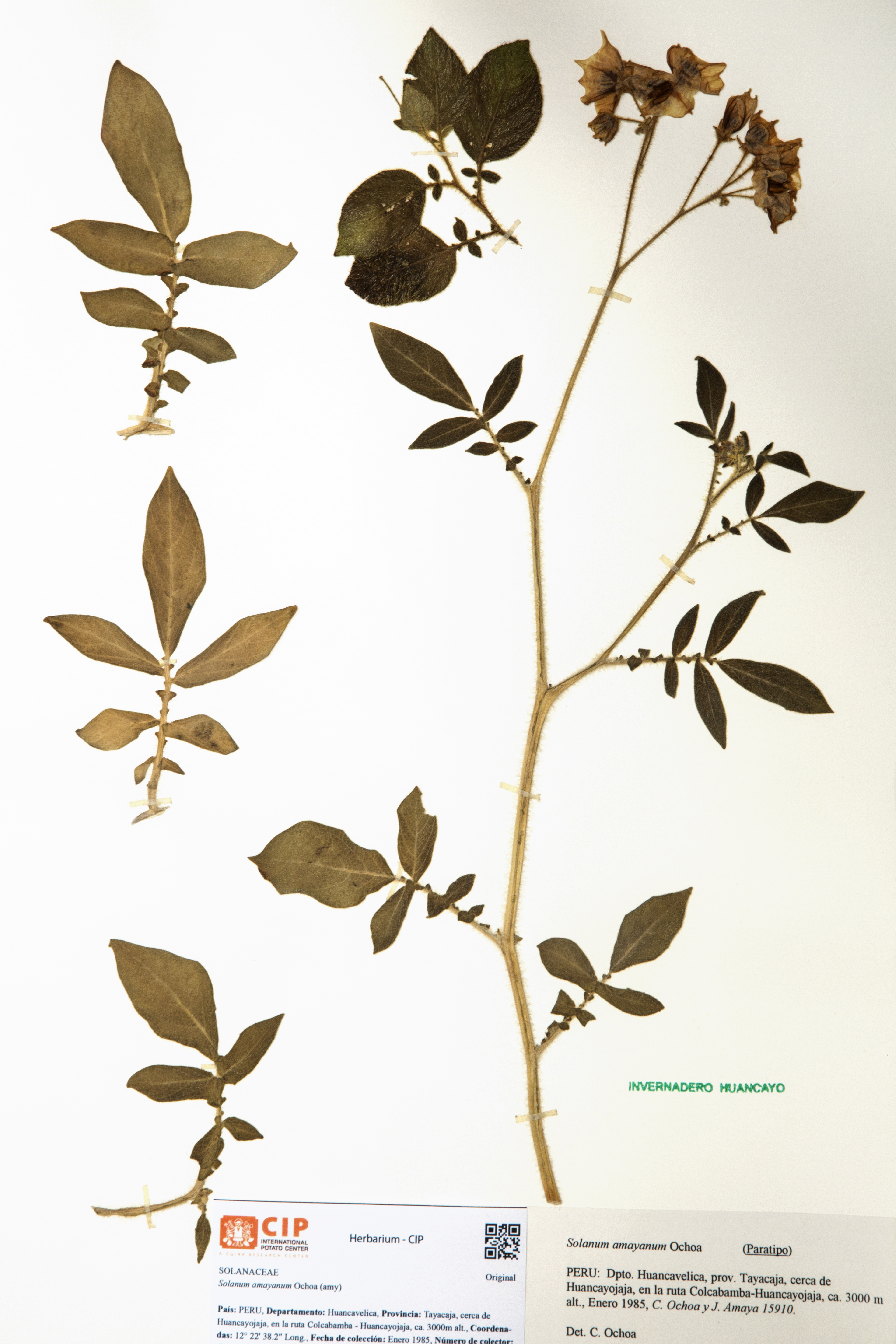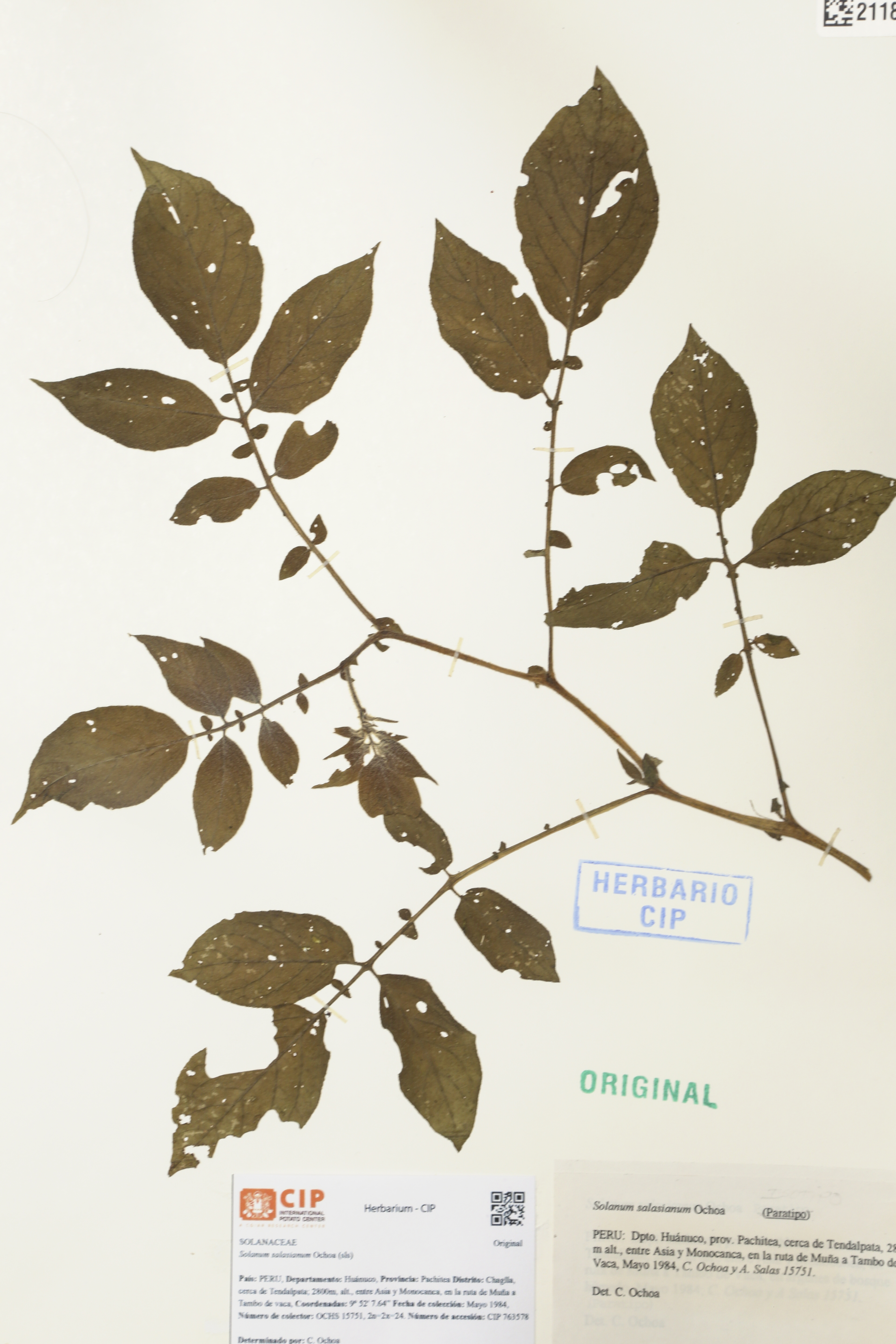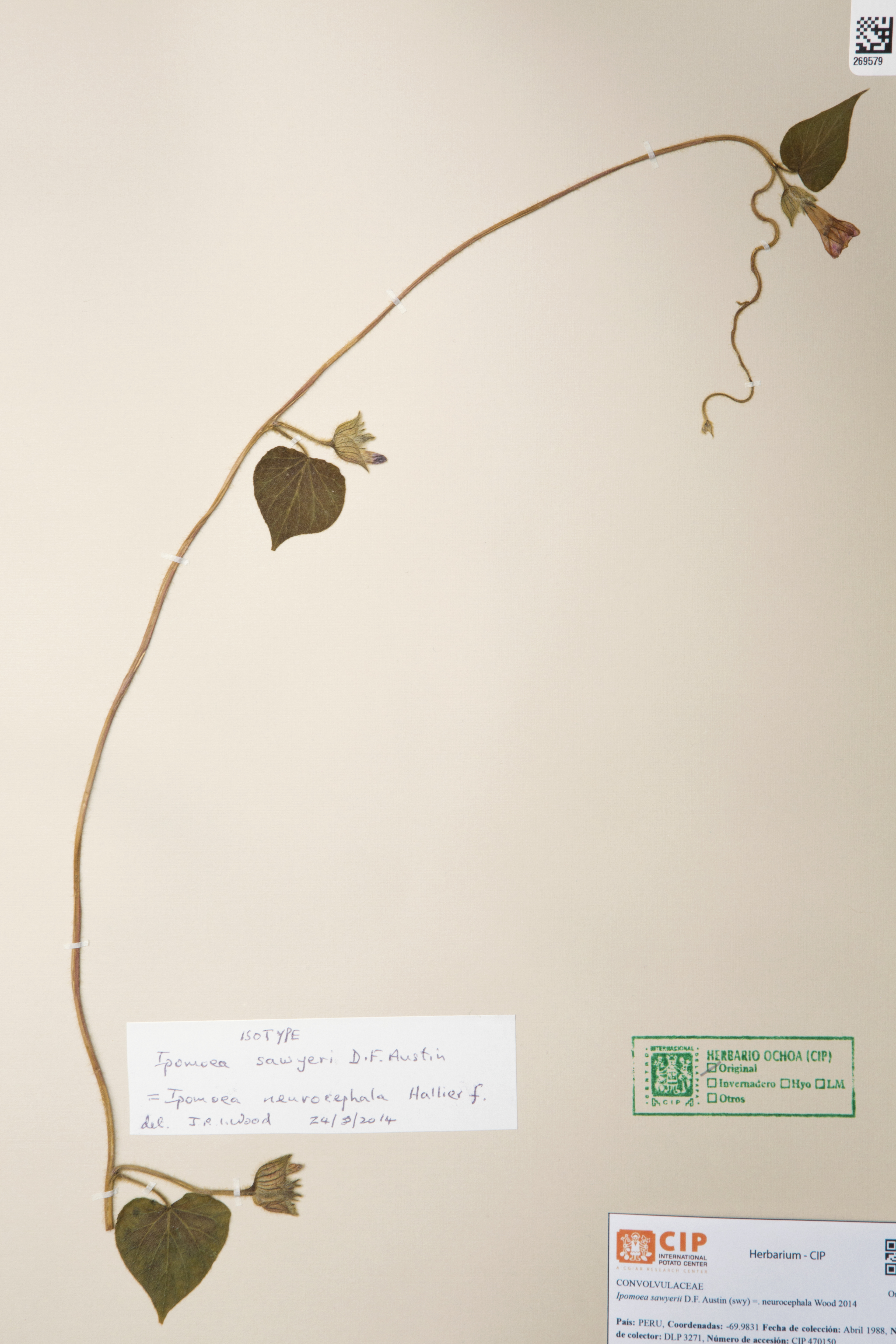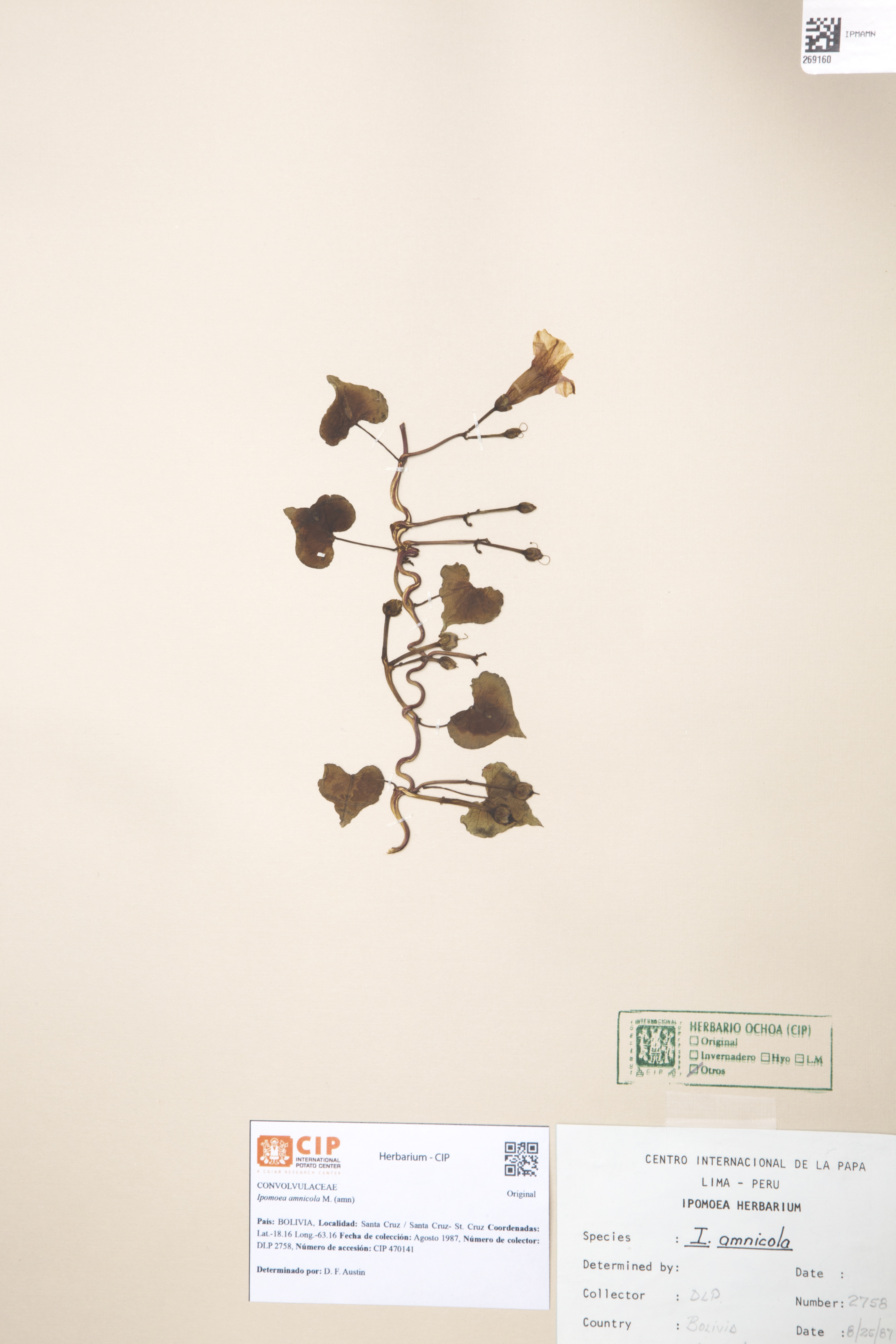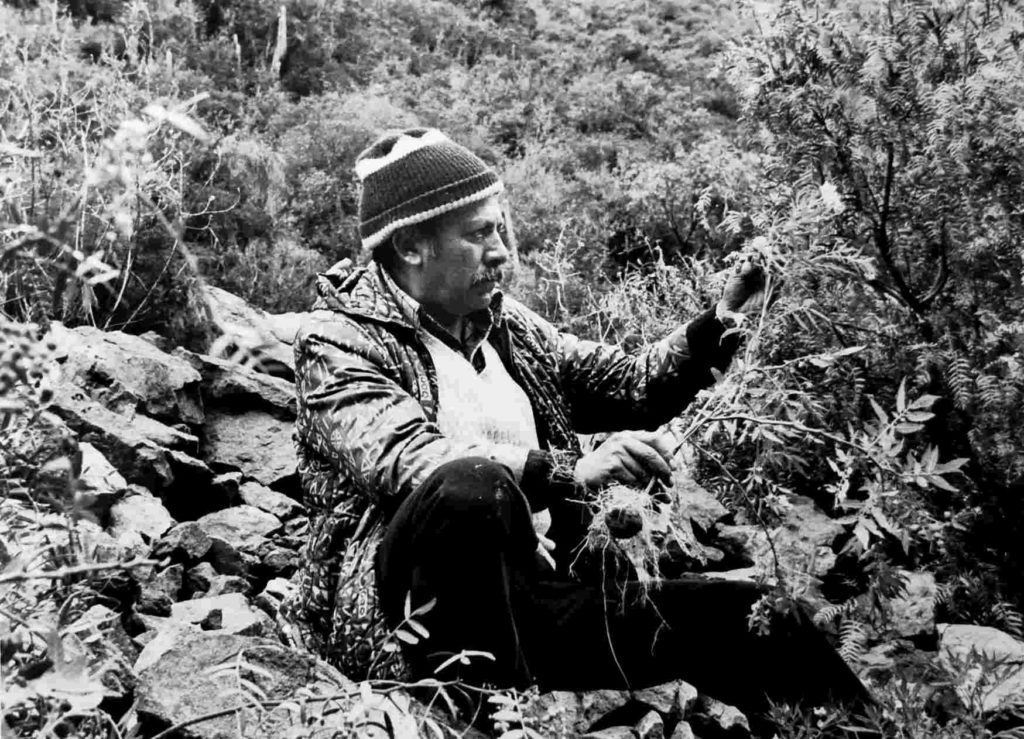In a small room tucked inside the International Potato Center’s (CIP in Spanish) biodiversity complex, the faint scent of flowering potato plants lingers. Nimble fingers work to adhere pressed samples of potato, sweetpotato and Andean roots and tubers to acid-free paper. Each new addition not only adds to the CIP Herbarium’s growing collection, it adds to the world’s understanding of root and tuber crops.
Hidden in these pressed flowers, leaves, and stems are the unfolding stories of plant evolution. Each specimen is a faithful witness of the environment in which it grew. As a collection, they provide a treasure trove of information on the breadth of plant diversity and allow scientists to understand how these species have evolved in the face of changing environmental pressures.
The CIP Herbarium houses almost 22,000 accessions. Each one lovingly collected and painstakingly preserved from the most remote corners of the world. Here are some of their stories.

